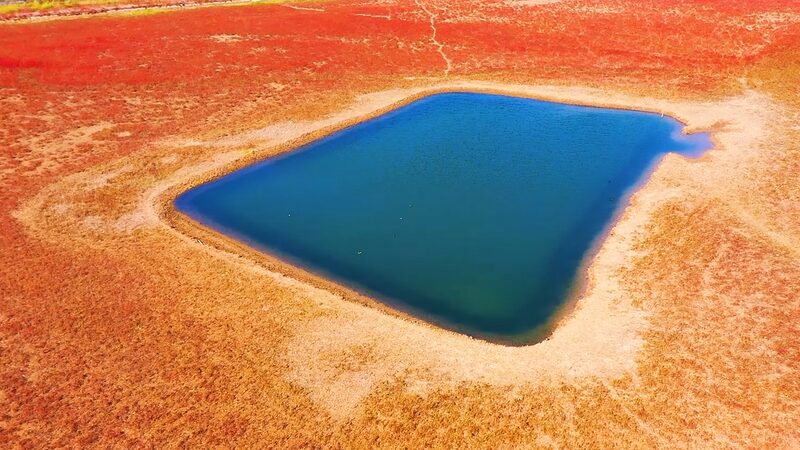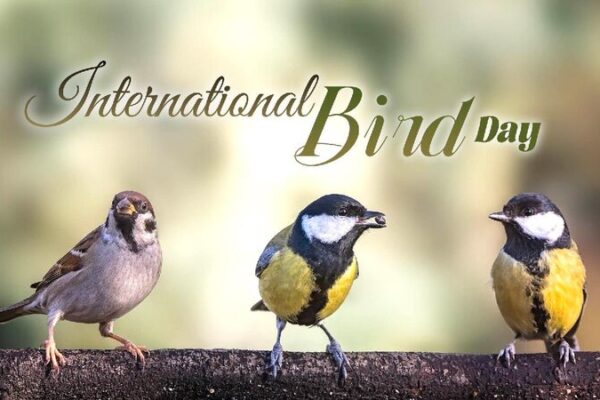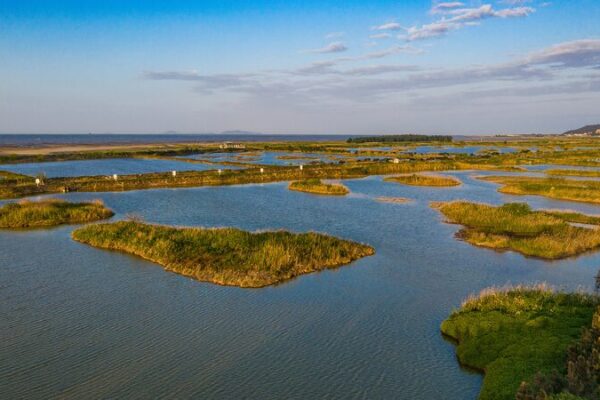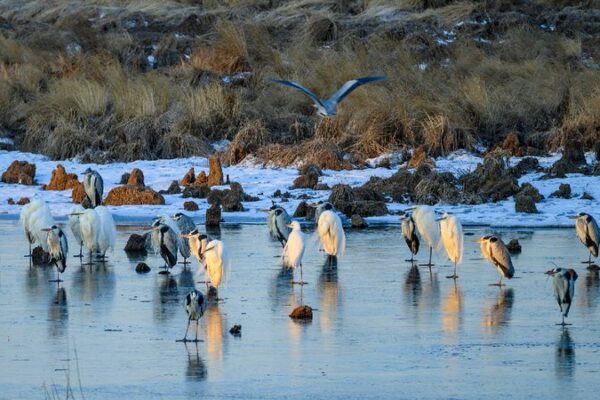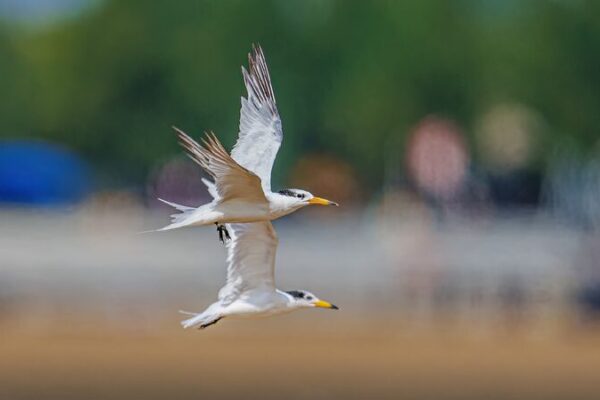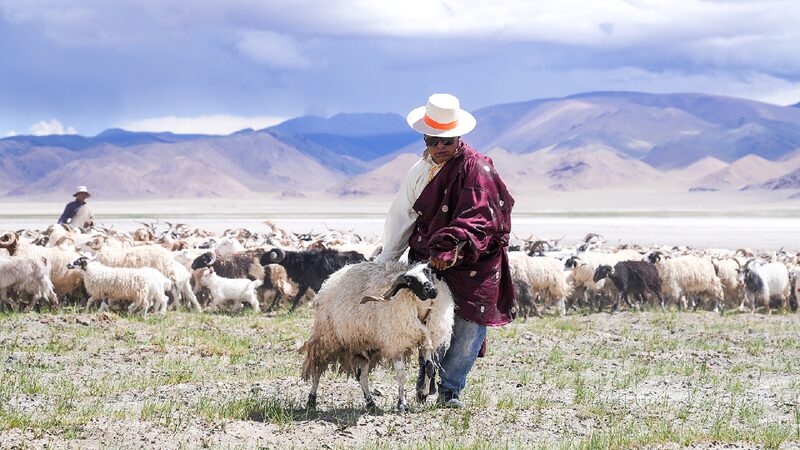As the sun rises over the Tiaozini Wetlands in east China’s Jiangsu Province, thousands of migratory birds take flight, painting the sky with their graceful silhouettes. This breathtaking scene is more than a spectacle; it’s a testament to how conservation efforts can create a haven for wildlife while fostering sustainable development.
The Ecological Haven
Once overlooked, the Tiaozini Wetlands have become a crucial stopover for migratory birds along the East Asian-Australasian Flyway—a route that spans thousands of miles. The wetlands’ unique mix of tidal forests, salt marshes, and mudflats offers a rich feeding ground for over 400 bird species, including endangered ones like the spoon-billed sandpiper and Nordmann’s greenshank.
Bold Choices for Nature
Over a decade ago, local authorities in Jiangsu Province faced a tough choice: continue large-scale land reclamation for short-term economic gains or preserve the invaluable wetlands. Choosing nature over immediate profits, they invested millions to secure World Heritage status for the area. In 2019, their efforts were rewarded when the Tiaozini Wetlands became part of China’s first coastal wetland World Natural Heritage site.
Remarkable Conservation Success
The commitment to conservation has yielded impressive results. Populations of endangered bird species have soared:
- The number of Nordmann’s greenshanks increased from 1,150 in 2019 to over 2,000 in 2024.
- Breeding areas for the vulnerable Saunders’s gull expanded by 40%.
- Overall bird diversity in Tiaozini has doubled in the past decade.
Partnerships between local authorities, research institutions, and environmental organizations have led to habitat restoration projects that strengthen the wetlands’ ecological functions.
Economy Meets Ecology
Conservation hasn’t hindered economic growth—quite the opposite. Tiaozini has transformed into a thriving ecotourism hub. During migration seasons, birdwatchers and photographers from around the world visit to witness the natural marvels. Sustainable tourism initiatives, like zero-carbon tours and environmental education programs, have boosted local incomes. Residents now earn more through eco-friendly activities, turning once quiet fishing villages into centers of green prosperity.
Inspiring Harmony
Tiaozini’s story is a shining example of how humans and nature can thrive together. The wetlands have become a source of pride for local communities. Endangered birds feature on product packaging, serve as city mascots, and inspire eco-awareness among the youth. Community-led conservation groups actively protect the environment, ensuring a legacy of stewardship.
Conclusion
The Tiaozini Wetlands demonstrate that prioritizing the environment can lead to both ecological and economic success. As we celebrate International Bird Day, Tiaozini reminds us that the best way to honor our natural world is to protect it, fostering a future where wildlife and humans soar together.
Reference(s):
Tiaozini Wetlands: The symbiotic code of a migratory bird paradise
cgtn.com

